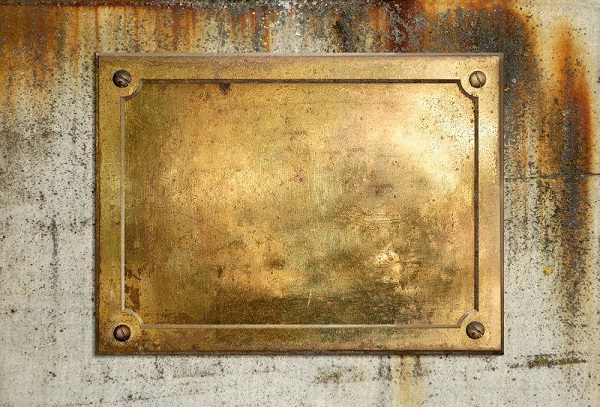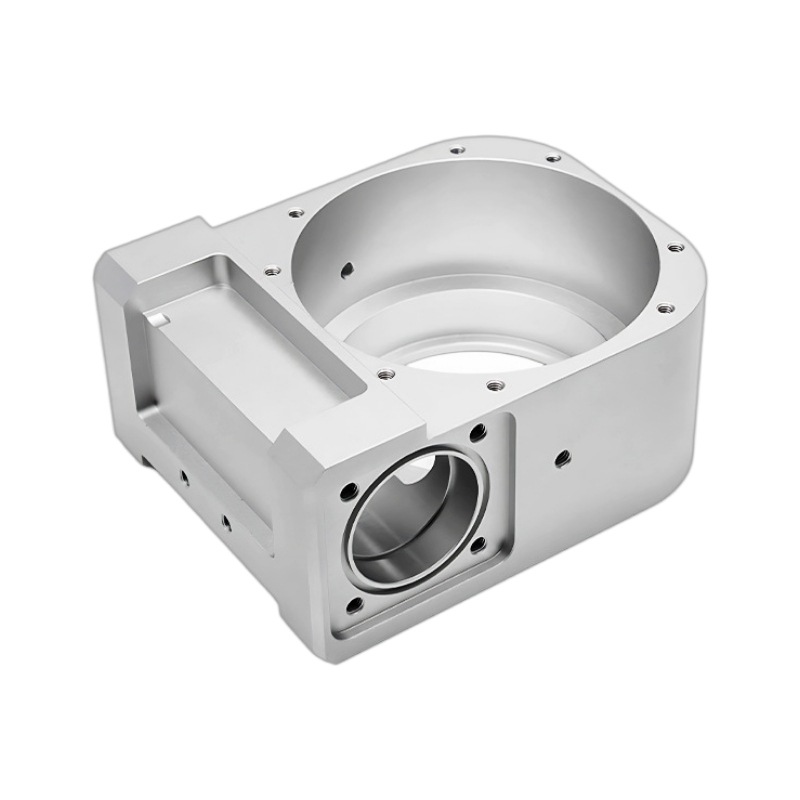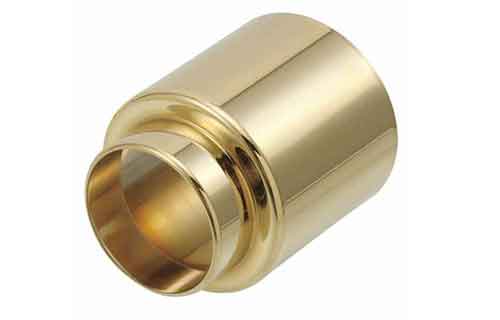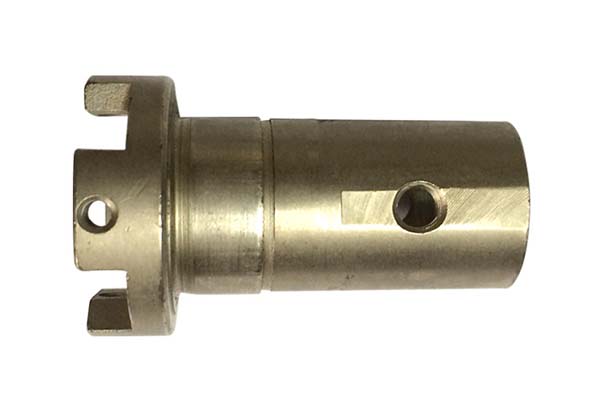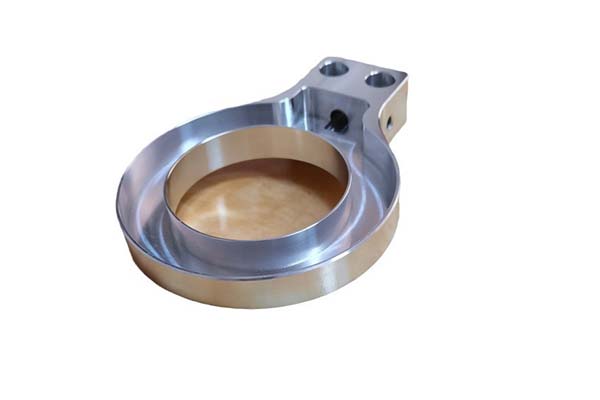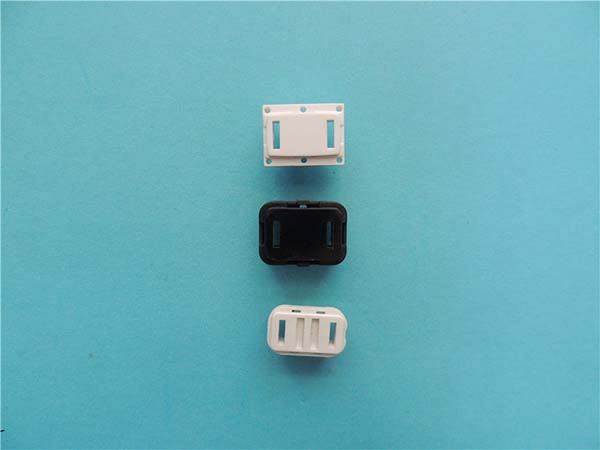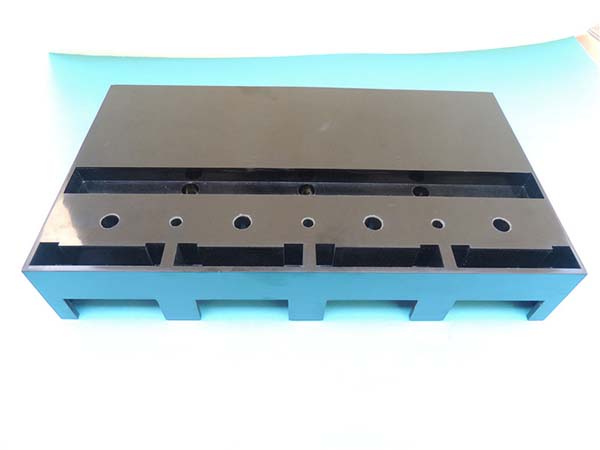In the world of manufacturing, CNC machining of brass has emerged as a crucial process, offering a wide range of applications across various industries. However, like any machining process, it comes with its own set of challenges. From selecting the right brass grade to optimizing machining parameters, there are several factors that can significantly impact the quality and efficiency of the final product. This article aims to provide a comprehensive guide to help you overcome these challenges and master the art of CNC machining brass.
Brass Grades & Material Selection
Brass is an alloy primarily composed of copper (Cu) and zinc (Zn), with the composition varying depending on the grade. The choice of brass grade is crucial as it directly affects the machinability, mechanical properties, and corrosion resistance of the final product.
Common Brass Grades
- C360 Free-Cutting Brass: This is one of the most commonly used brass grades for CNC machining. It contains a relatively high lead content, which enhances its machinability. C360 brass is known for its excellent chip formation, making it ideal for high-speed machining. It has a tensile strength of around 420 MPa and a density of approximately 8.5 g/cm³. Applications include electrical connectors, plumbing fittings, and automotive parts.
- C260 Cartridge Brass: With a higher copper content compared to C360, C260 cartridge brass offers good formability and corrosion resistance. It has a yellowish color and is often used in applications where a decorative finish is required, such as in musical instruments, watch bezels, and decorative hardware. The tensile strength of C260 brass is around 380 MPa, and its density is about 8.6 g/cm³.
- C464 Naval Brass: As the name suggests, C464 naval brass is designed for applications in the marine industry due to its high corrosion resistance. It contains additional elements like tin and iron, which improve its strength and resistance to seawater corrosion. This grade is commonly used for manufacturing valve bodies, propellers, and other marine components. C464 naval brass has a tensile strength of approximately 480 MPa and a density of 8.4 g/cm³.
Factors Affecting Material Selection
- Machinability: The lead content in brass plays a significant role in its machinability. Higher lead content, as in C360, results in better chip formation and reduces tool wear. However, it may also slightly decrease the mechanical properties of the material.
- Mechanical Properties: Applications that require high strength and durability, such as in the automotive and aerospace industries, may demand brass grades with specific mechanical properties. For example, C464 naval brass offers excellent strength and corrosion resistance, making it suitable for marine applications.
- Corrosion Resistance: In environments where corrosion is a concern, such as in plumbing or marine applications, brass grades with high corrosion resistance, like C464 or C260, should be selected.
CNC Machining Parameters & Techniques
Optimizing CNC machining parameters is essential to achieve high-quality results, minimize tool wear, and increase productivity.
Cutting Speed
The cutting speed for brass depends on the grade and the type of machining operation. For C360 free-cutting brass, a cutting speed of 200 - 300 m/min is typically recommended for turning operations. However, for high-speed machining, speeds of up to 500 m/min can be achieved. Increasing the cutting speed can improve productivity, but it may also generate more heat, which can affect the surface finish and tool life.
Feed Rate
The feed rate determines how quickly the tool advances into the workpiece. For C360 brass, a feed rate of 0.1 - 0.3 mm/rev is commonly used for turning. In milling operations, the feed per tooth can range from 0.05 - 0.15 mm/tooth. A higher feed rate can increase material removal rate, but it may also lead to poor surface finish and increased tool wear if not properly controlled.
Chip Formation
Brass can produce either stringy or broken chips during machining. Stringy chips can cause problems such as tool entanglement and surface damage. To promote broken chip formation, proper machining parameters, such as a combination of cutting speed and feed rate, should be selected. Additionally, using tools with specific geometries can also help in controlling chip formation.
Dry Machining vs. Coolant Use
Dry machining of brass has several benefits, including reduced coolant costs, elimination of coolant disposal issues, and improved surface finish in some cases. However, it can also lead to increased tool wear due to higher temperatures. Mist coolant setups can be a good compromise, as they provide some cooling and lubrication while minimizing coolant usage. In some applications, such as high-speed machining or when working with complex geometries, the use of coolant may be necessary to ensure proper chip evacuation and tool life.
Tooling & Edge Geometry
Selecting the right tooling and edge geometry is crucial for efficient CNC machining of brass.
Polished Carbide Inserts
Polished carbide inserts are widely used for machining brass as they offer good wear resistance and can withstand high cutting speeds. The polished surface of the inserts helps in reducing chip adhesion, resulting in better chip evacuation and improved surface finish.
Zero-Rake Cutter Geometry
Zero-rake cutter geometry is often preferred for machining brass as it provides a sharp cutting edge, which is effective in shearing the material. This geometry helps in minimizing cutting forces and reducing the likelihood of tool chatter. However, it may require more careful handling as the sharp edge is more prone to chipping.
Single-Flute Aluminum/Brass Endmills
Single-flute endmills are designed specifically for machining non-ferrous materials like brass. They offer better chip evacuation compared to multi-flute endmills, which is important when working with brass to prevent chip clogging. These endmills are also suitable for micro-milling applications, where high precision is required.
Diamond-Coated Tools
Diamond-coated tools can be used for machining brass when extremely high surface finish requirements are involved. The diamond coating provides excellent wear resistance and can produce a mirror-like finish on the brass surface. However, these tools are relatively expensive and may not be necessary for all applications.
Surface Finish & Deburring
Achieving a good surface finish and effectively deburring brass parts are important steps in the CNC machining process.
Mirror Finish Brass
To achieve a mirror finish on brass, a combination of machining techniques and post-processing operations is required. Precision machining with appropriate cutting parameters, followed by polishing using fine abrasives, can result in a surface roughness (Ra) of 0.2 µm or even lower. This high-quality surface finish is often desired for decorative applications or in products where aesthetics are crucial.
Deburring Brass Parts
Deburring is essential to remove any sharp edges or burrs that may be formed during machining. There are several methods for deburring brass parts, including manual deburring using files or sandpaper, mechanical deburring using rotary tools, and chemical deburring. Ultrasonic cleaning can also be used to remove small burrs and contaminants from the surface of the brass parts.
Passivation After Machining
Passivation is a process that helps in enhancing the corrosion resistance of brass. After machining, the brass parts can be passivated by immersing them in a suitable passivating solution. This treatment forms a thin oxide layer on the surface of the brass, which protects it from further oxidation and corrosion.
Coolant & Chip Management
Proper coolant and chip management are essential for efficient and safe CNC machining of brass.
Dry Machining Benefits
As mentioned earlier, dry machining of brass offers several advantages, such as reduced coolant costs, elimination of coolant disposal issues, and in some cases, improved surface finish. It also simplifies the machining process as there is no need to manage coolant systems. However, it requires careful monitoring of tool wear and temperature to ensure optimal performance.
Mist Coolant Setup
Mist coolant setups involve spraying a fine mist of coolant onto the cutting zone. This provides some cooling and lubrication, which helps in reducing tool wear and improving chip evacuation. Mist coolant setups are more environmentally friendly compared to traditional flood coolant systems as they use less coolant. They are also suitable for applications where the use of excessive coolant may cause problems, such as in micro-machining.
Chip Evacuation
Efficient chip evacuation is crucial to prevent chip clogging, which can lead to tool breakage and poor surface finish. In CNC machining of brass, methods such as using chip conveyors, vacuum systems, or high-pressure air jets can be employed to remove chips from the machining area. The design of the tool and the machining parameters also play a role in promoting proper chip evacuation.
Recycling Brass Swarf
Brass swarf, the chips produced during machining, can be recycled. Recycling brass swarf not only helps in reducing waste but also provides a cost-effective source of raw material. There are specialized recycling facilities that can process brass swarf and convert it back into usable brass.
Applications & Industry Examples
CNC machining of brass finds applications in a wide range of industries due to the material's unique properties.
Brass Plumbing Fittings
Brass is widely used in the manufacturing of plumbing fittings due to its corrosion resistance, good machinability, and ability to withstand high pressures. CNC machining allows for the production of complex and precise plumbing fittings, such as valves, connectors, and faucets, with tight tolerances to ensure proper functionality and leak-free connections.
Electrical Connectors
C360 free-cutting brass is commonly used for manufacturing electrical connectors because of its excellent electrical conductivity and machinability. CNC machining enables the production of connectors with high precision, ensuring reliable electrical connections in various electronic devices.
Musical Instrument Parts
Brass is a popular material for musical instruments, such as trumpets, trombones, and saxophones, due to its acoustic properties and attractive appearance. CNC machining allows for the precise shaping and detailing of instrument parts, resulting in high-quality musical instruments with consistent tone and performance.
Automotive Valve Bodies
Automotive valve bodies often require materials with good strength, corrosion resistance, and machinability. Brass, particularly grades like C464 naval brass, is used in the manufacturing of valve bodies to ensure smooth operation and long service life. CNC machining enables the production of valve bodies with complex geometries and tight tolerances.
Watch Bezels Brass
Watch bezels made of brass offer an attractive and durable option. CNC machining allows for the creation of intricate designs and precise finishes on watch bezels, enhancing the overall aesthetic appeal of the timepiece.
Decorative Hardware Machining
Brass is widely used in decorative hardware, such as door handles, knobs, and hinges, due to its natural beauty and corrosion resistance. CNC machining enables the production of decorative hardware with high precision and intricate details, adding a touch of elegance to any interior or exterior design.
Yigu Technology's Perspective
As a parts custom manufacturing supplier, Yigu Technology understands the importance of precision and quality in CNC machining brass. We have extensive experience in working with various brass grades and have optimized our machining processes to achieve the best results. Our state-of-the-art equipment and skilled technicians allow us to handle complex projects and meet the strictest tolerances. We also offer a range of post-processing services to enhance the surface finish and functionality of the brass parts. Whether it's a small batch prototype or a large-scale production run, Yigu Technology is committed to providing high-quality custom manufacturing solutions for all your brass machining needs.
FAQ
- What is the best brass grade for high-speed machining?
C360 free-cutting brass is often the best choice for high-speed machining as it has excellent machinability and can withstand high cutting speeds. Its high lead content promotes good chip formation, reducing the risk of tool entanglement and improving productivity.
- How can I improve the surface finish of machined brass parts?
To improve the surface finish of machined brass parts, you can optimize machining parameters such as cutting speed, feed rate, and depth of cut. Using sharp tools with appropriate geometries and applying post-processing operations like polishing or passivation can also significantly enhance the surface finish.
- Is dry machining of brass always better than using coolant?
Dry machining of brass has its advantages, such as reduced coolant costs and simpler process. However, it may not be suitable for all applications. In some cases, using coolant, especially in high-speed machining or when working with complex geometries, can help in reducing tool wear, improving chip evacuation, and ensuring better surface finish. The choice between dry machining and using coolant depends on the specific requirements of the machining process.
